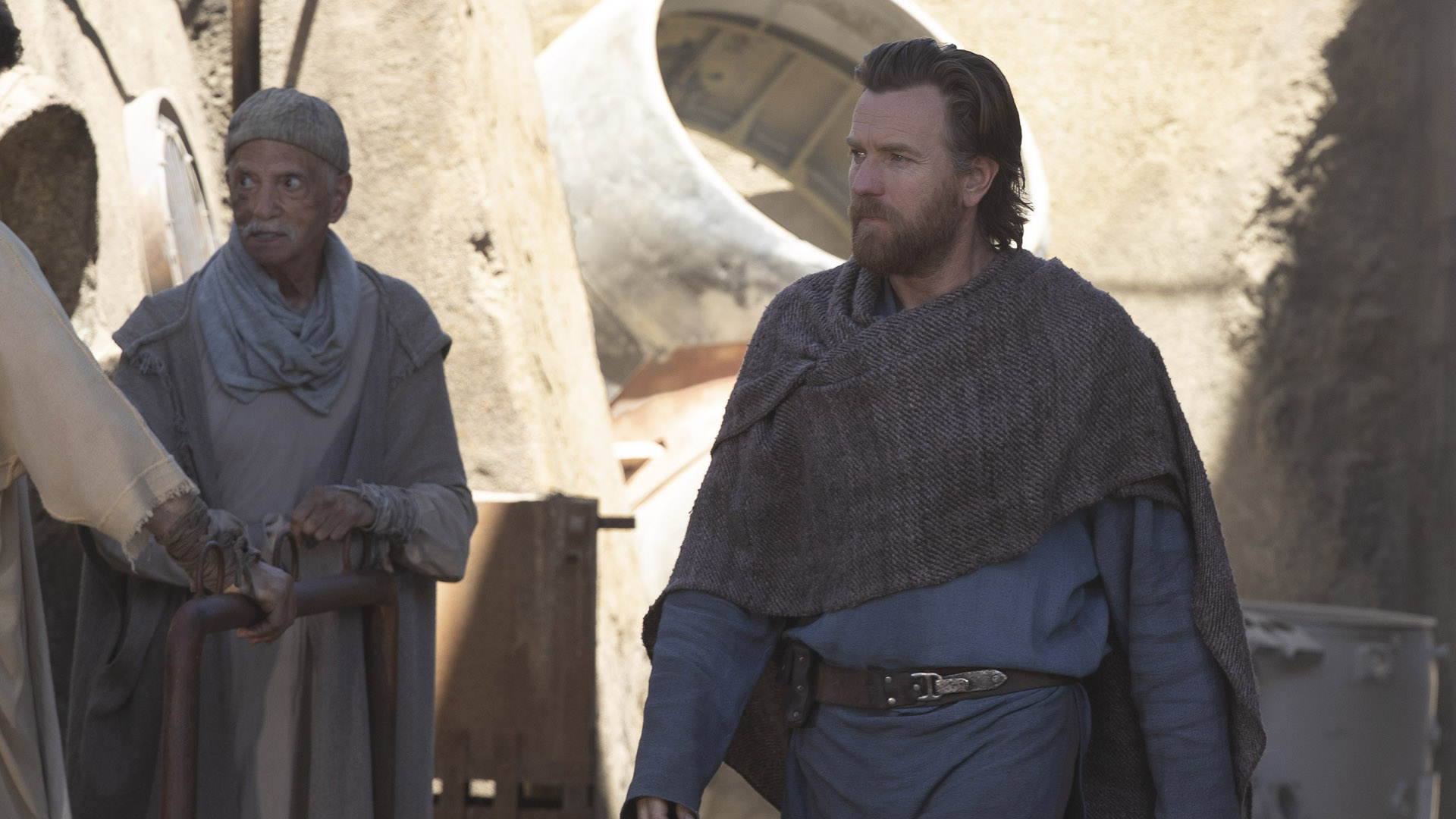
Obi-Wan Kenobi’s standalone series is the tie that binds two wildly contrasting periods in Star Wars’ illustrious history together. On one end of the spectrum lies the groundbreaking and award-winning original Star Wars movie trilogy; a pop-culture behemoth that redefined the sci-fi genre. On the other, the oft-criticized, CG-heavy prequel film trio of the early 2000s is like a millstone (in some fans’ eyes) around the franchise’s neck.
As a Disney Plus series that straddles two eras of disparate fortunes in that galaxy far, far away, Obi-Wan Kenobi’s show has a difficult job on its hands. How do you marry two film trilogies that elicit vastly different emotions in fans? And what wider franchise lore do you use to position the show as the definitive connective tissue between them?
“The biggest challenge was framing the show around two iconic characters [Obi-Wan and Darth Vader] in the middle of two trilogies,” showrunner-director Deborah Chow tells TechRadar. “There’s a great responsibility that comes with that because you have to respect what’s come before. We tried to respect the canon, time period, and characters, but we also wanted to tell an original story with its own vision. That was the balance we needed to find.”
Becoming a Force dyad
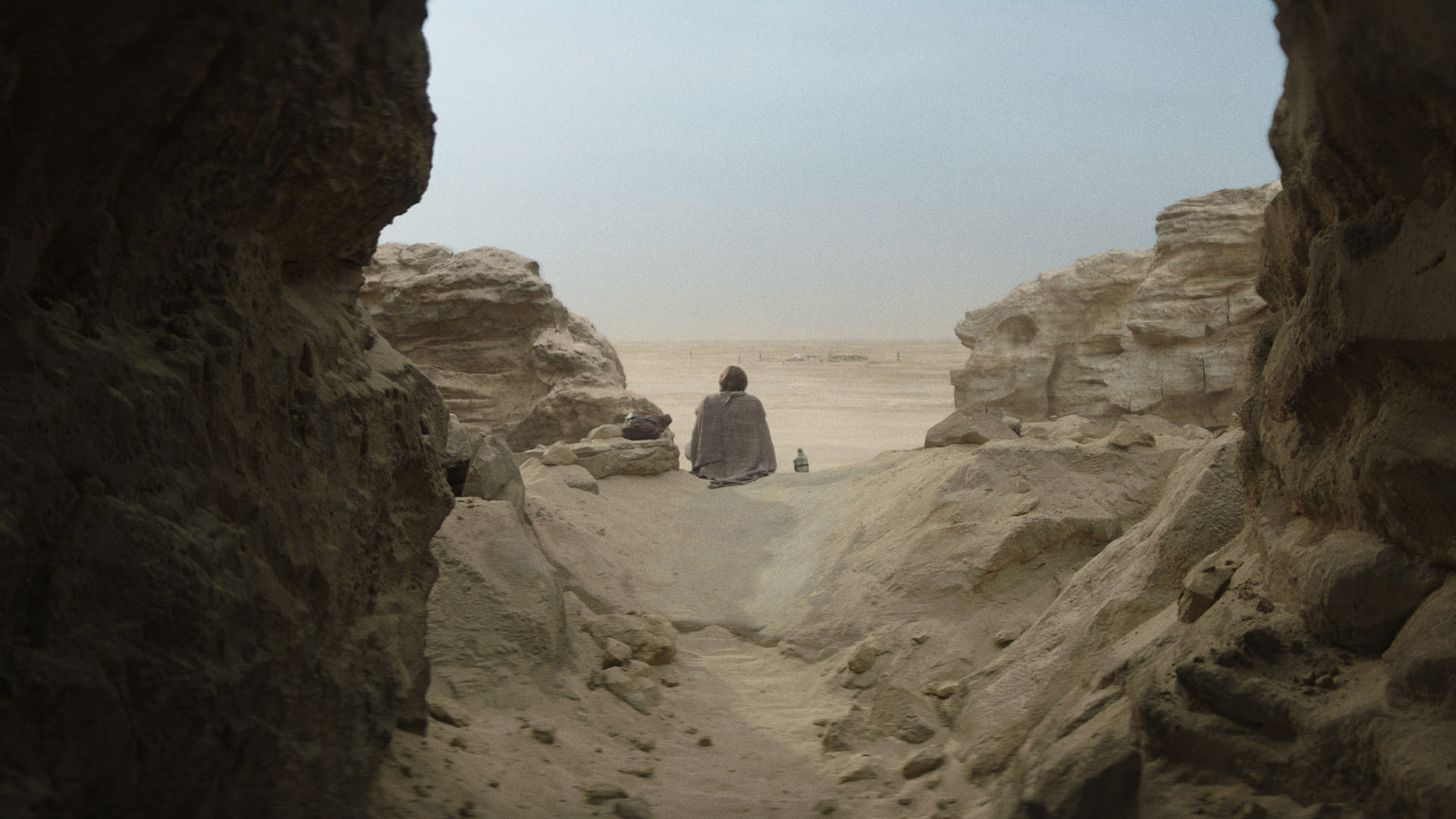
Set a decade after Star Wars Episode III: Revenge of the Sith, the show begins with the iconic Jedi Master-turned-hermit (Ewan McGregor) watching over a young Luke Skywalker on Tatooine. With the Galactic Empire in the ascendancy and hunting down the last of the Jedi, a reclusive Obi-Wan keeps a low profile in order to keep himself and Luke safe.
However, when the fearsome Sith Inquisitors are sent by Darth Vader (Hayden Christensen) to track Obi-Wan down, he’s forced from the shadows to lure them away from Luke – the son of Vader, aka Anakin Skywalker, who was Obi-Wan’s former padawan – in a tense galaxy-hopping game of cat and mouse. That’ll be no easy feat, mind you, given that Obi-Wan’s discontinuation of his Force-based training means his powers have diminished. With the merciless Grand Inquisitor (Rupert Friend) and ambitious Reva (Moses Ingram) on his trail, Obi-Wan will have to use his wits and other skills to stay one step ahead.
Reprising the role he last inhabited in 2005’s Revenge of the Sith, lead star Ewan McGregor was well aware of the similarities between his return to Star Wars and Obi-Wan himself. McGregor’s 17-year hiatus from the franchise mirrors Obi-Wan’s decade-long quest to remain out of the Empire’s reach. Just as Obi-Wan is out of practice with his Force powers, McGregor was comparably rusty when it came to reconnecting with the character he’s arguably most famous for. Add in the fact that Obi-Wan has been left mentally and emotionally scarred by events that occurred in Revenge of the Sith, and exploring the person Obi-Wan had become was distinctly demanding, even for an actor of McGregor’s caliber.
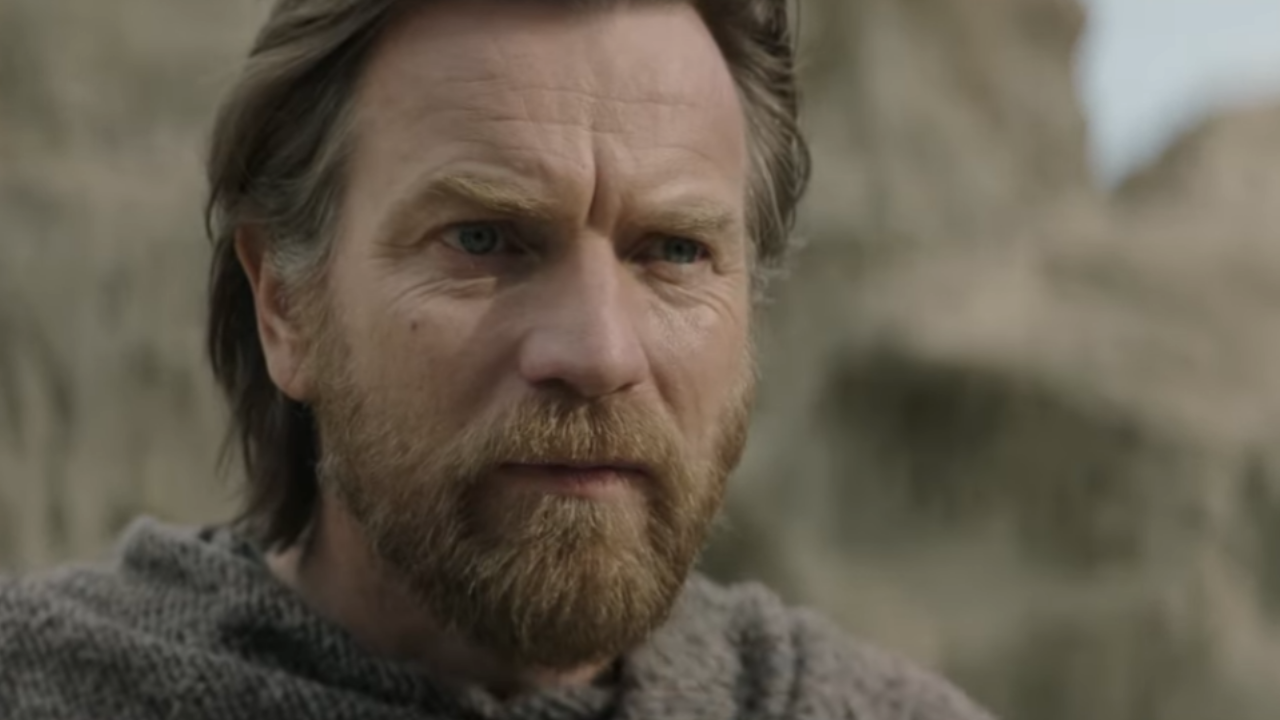
“I’ve done a lot of work since the Star Wars prequels, so it was interesting to step back into the role,” McGregor explains. “I didn’t approach Obi-Wan any differently than before, but it definitely took time to get reacquainted with him. He’s become solitary and has denied his faith in the years since Episode III, so playing a careful and broken-spirited Kenobi was initially tough to comprehend.”
Get daily insight, inspiration and deals in your inbox
Sign up for breaking news, reviews, opinion, top tech deals, and more.
Then there’s the fact that McGregor’s Obi-Wan is slowly evolving into old Ben Kenobi as the series begins. This version of the character – portrayed by the legendary Alec Guinness in the original trilogy – is wiser and more serene than the prequel movies’ younger and somewhat naive Kenobi. With McGregor’s Obi-Wan – and the actor himself – now closer in age to Guinness, he needed to indicate that this transition was already in progress by the time the show begins. For that, McGregor used the original films to his advantage.
“I had a sound file of Alec’s dialogue from all three movies,” he reveals. “He’s hardly in episodes V and VI, but I listened to it religiously to get the voice inflection, tone, and accent right. I’ve got to show that my Obi-Wan grows into the version Alec played, so I’d also listen to Alec Guinness interviews and work from there. It’s a backwards process of creating a character based on somebody who he becomes when he’s older, which is a unique challenge in itself.”
The Chosen One returns
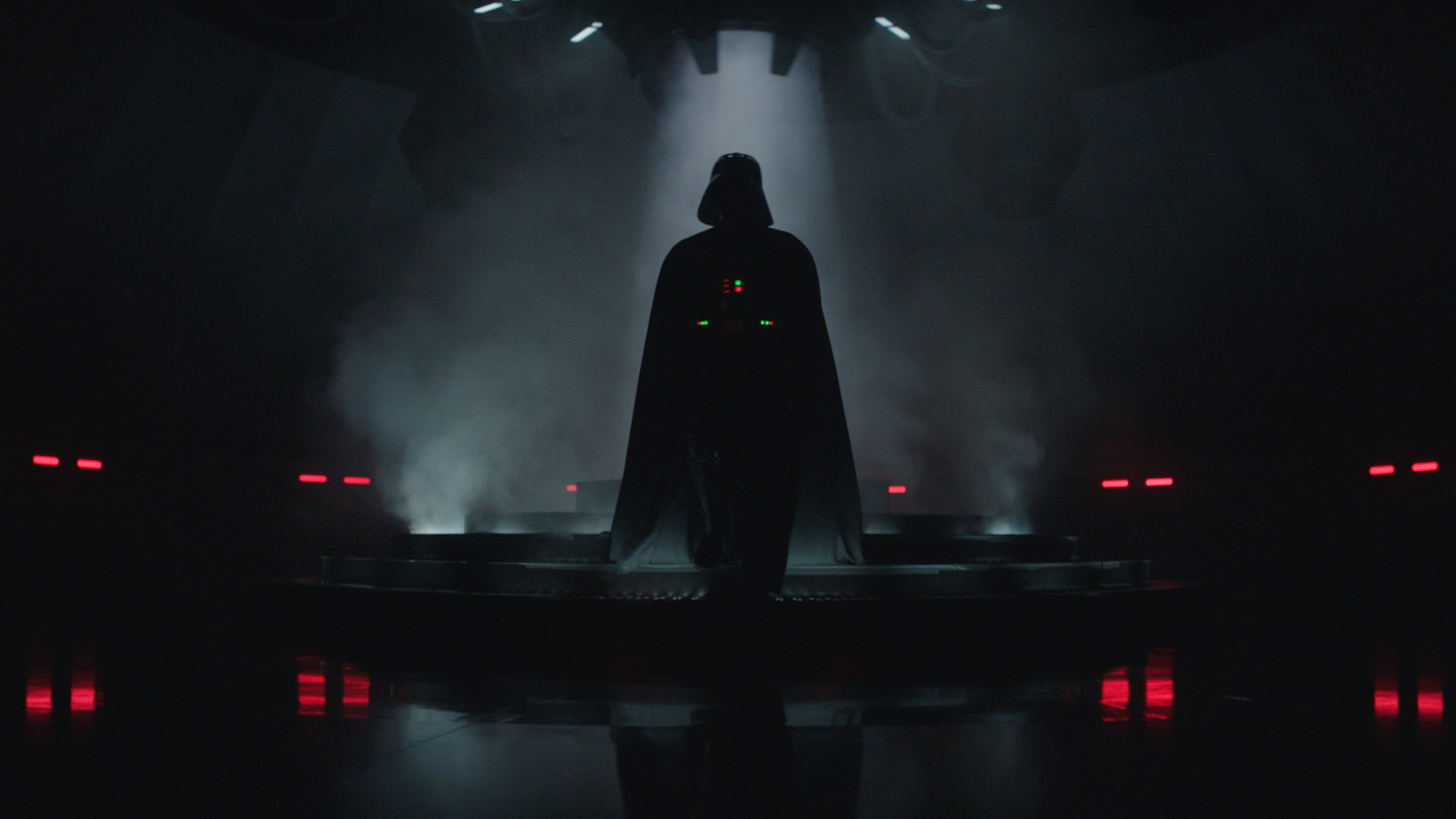
Obi-Wan’s self-imposed lone wolf strategy couldn’t be more distinct from the Empire’s collective-but-dictatorial efforts to rule the galaxy. Leading the charge for Emperor Palpatine’s New Order is Darth Vader, the legendary Sith Lord who holds an unrelenting grudge against his former mentor. Unlike James Earl Jones and David Prowse’s imposing and merciless Vader from the original trilogy, though, the version we see in Obi-Wan’s show is traumatized and emotionally conflicted by events that transpired during Revenge of the Sith’s climax.
Who better to portray this younger, psychologically wounded Vader than the actor who previously brought a brooding Anakin to life? Like McGregor, Hayden Christensen’s return to the franchise has been 17 years in the making. However, while his co-star was always keen to revisit Obi-Wan, critics and fans’ negative reactions to the prequel trilogy – and Christensen’s performances in Episodes II and III – meant the actor wasn’t convinced about stepping back into Vader’s iconic shoes.
The character of Anakin/Vader is one I’ve spent a lot of time thinking about over the years
Hayden Christensen, Darth Vader actor
Kids who grew up on those early 2000s films have long defended their place in the franchise. In the years since, older Star Wars fans have slowly warmed to the prequels and Christensen’s role in them. It’s this mellowing of the fanbase’s overall reactions to those flicks, coupled with Chow’s in-person pitch, that convinced Christensen to return. Doing so didn’t just help Christensen to appreciate his role in one of the biggest film series of all time either – it allowed him to fully recognize the theme of redemption that runs through the heart of Star Wars’ overarching narrative.
“As an actor, you’re very taken with the idea of playing a character who starts off good and turns bad,” he says. “How does that transformation take place in a believable way? Anakin’s descent to the Dark side is circumstantial, but it’s not really his fault, so you sympathize with him at a certain point.
“Of course, he finds redemption [the episode VI] and Anakin re-emerges. But the character of Anakin/Vader is one I’ve spent a lot of time thinking about over the years. Having the opportunity to come back and really explore the complex character of Darth Vader was an incredible experience, and one I’m glad I didn’t end up turning down.”
Inquisitive debuts and intriguing cameos
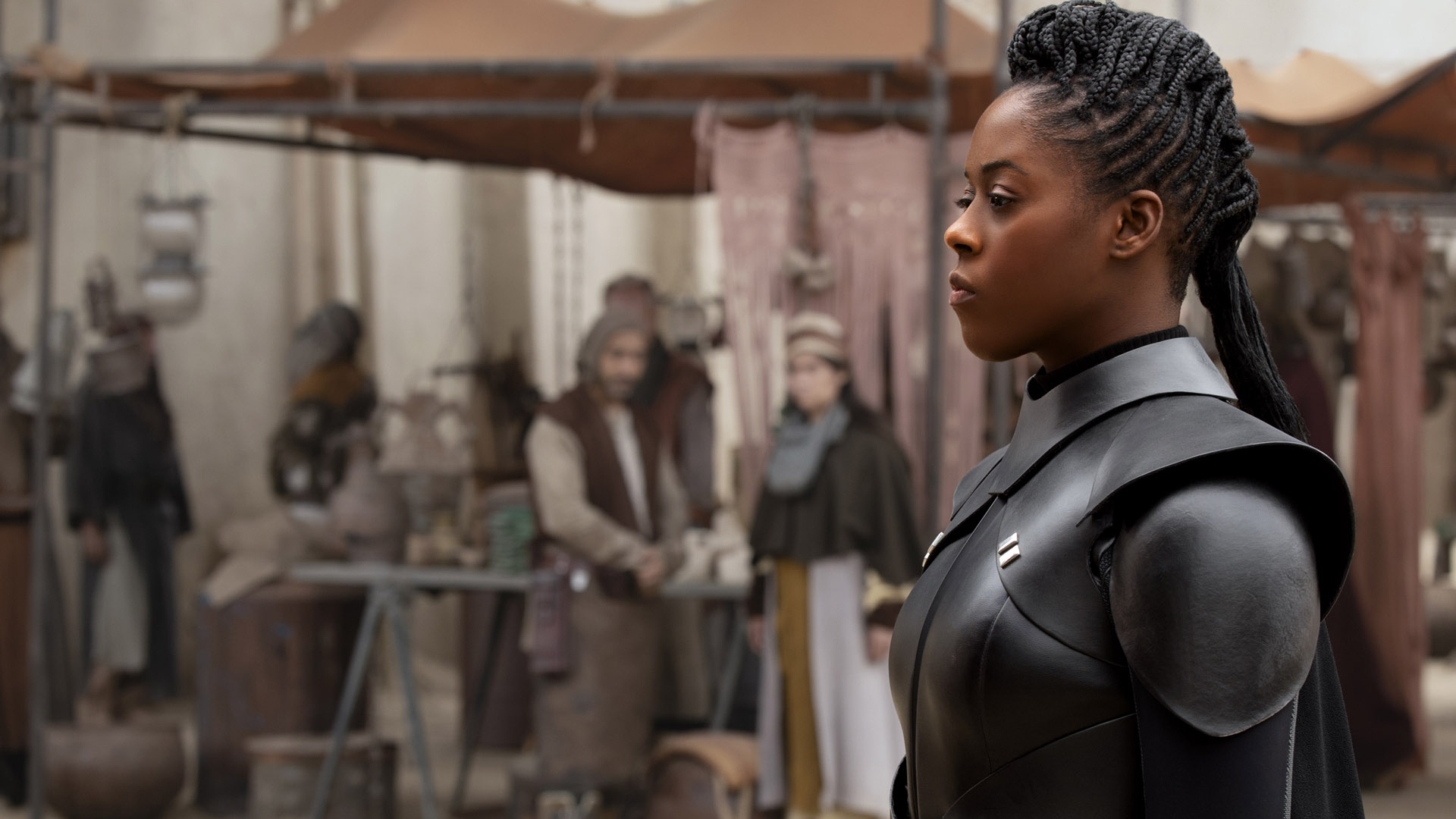
Vader’s redemption arc is yet to come but, while it eventually does so, the same can’t be said for his Sith underlings. The Inquisitors – who have previously appeared in animated Star Wars properties including The Clone Wars and Rebels, plus video games like Jedi: Fallen Order – are also former Jedi who were lured to the Dark side.
However, only one of their number – Second Sister, Jedi: Fallen Order’s primary antagonist – has followed Vader in returning to the Light side. This makes Moses Ingram’s Obi-Wan character, the Inquisitor known as Reva/Third Sister, all the more intriguing. An original character developed specifically for the Disney Plus show, it’s unclear whether Reva will find her way back to the light as the series progresses or suffer a similar demise as the majority of her fellow Inquisitors.
Unsurprisingly, Ingram refused to discuss the prospect that Reva would follow in Second Sister’s footsteps and walk the path of the righteous once more. Instead, she provided some context about what we can expect from her menacing turn as the latest addition to Star Wars’ rogues gallery.
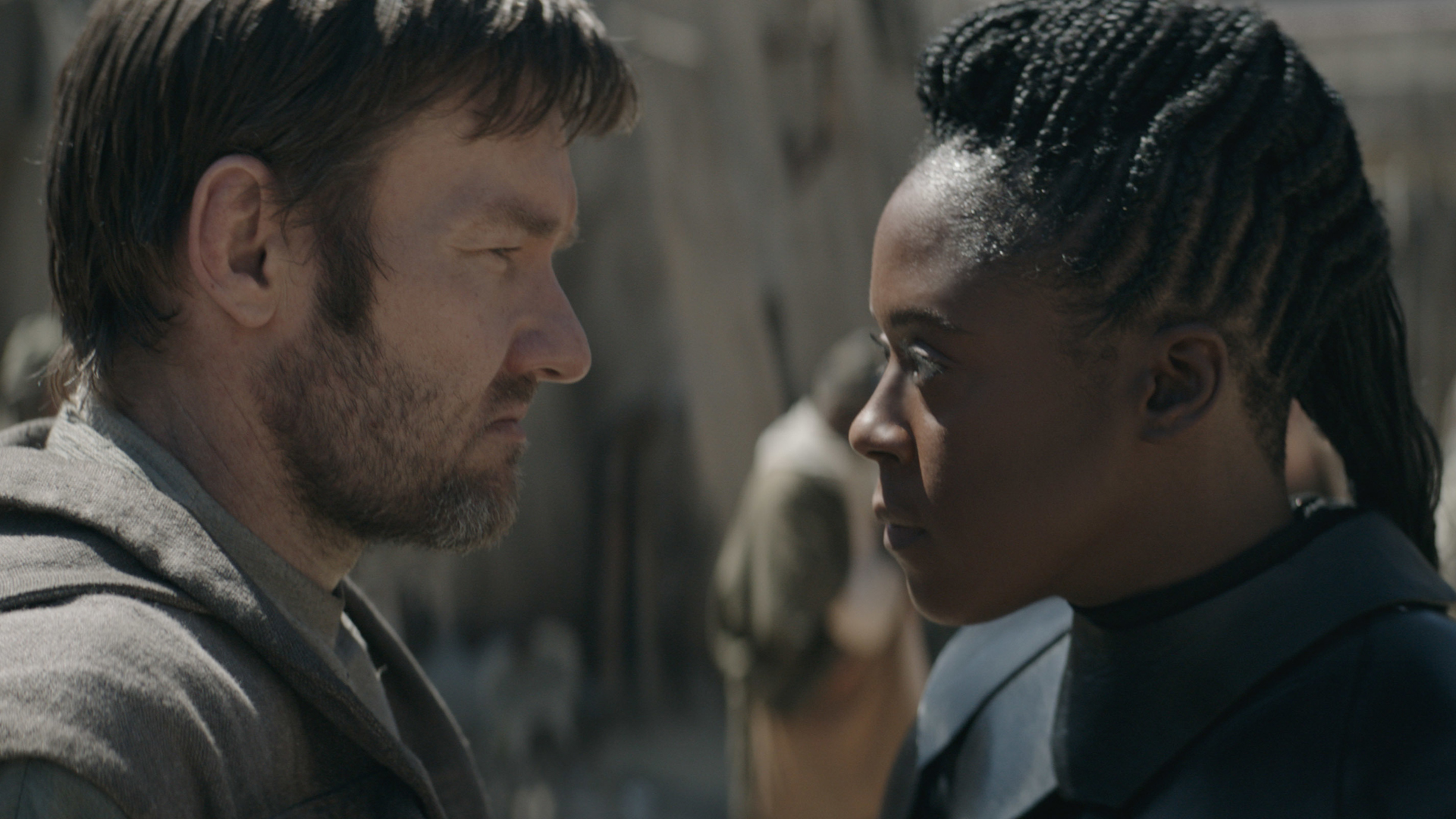
“She's just really passionate and zealous about what she’s doing,” Ingram reveals. “She doesn’t care what anyone thinks and she’s set on getting the job done. Reva doesn’t have a backstory in the books or anything like that, so Deborah and I had the freedom to make her into the character you’ll see, which was a lot of fun to be a part of.”
The Inquisitors’ overdue live-action debut and those of other new characters, including Kumail Nanjiani’s Haja, are certainly exciting prospects. But it’s the show’s setting – 10 years after Episode III and nine before Episode IV – that should make for a truly enticing watch, with this era ripe for any number of fan-favorite character cameos. Understandably, Chow sidestepped the question of who fans can expect to see, but she suspects they’ll be happy.
“It’s an interesting period that we haven’t explored [in live-action] before,” Chow notes. “We get to bring the Inquisitors into a live-action project, but there’s a range of characters who could come into play. This is a legacy story, so I think there’ll be some surprises.”
Redeeming the past
That legacy element is something that Chow and company regularly raise throughout our time together. A franchise as beloved and influential as Star Wars will always be held in the highest regard, but that doesn’t make it immune to criticism. In some ways, the franchise’s initial success – and that of productions like The Mandalorian in the 45 years since Episode IV: A New Hope – has become a double-edged sword.
Fans demand nothing but the best from Lucasfilm and, since its $4 billion acquisition of George Lucas’ company in 2012, Disney too. Perfection can’t always be achieved, though, and Star Wars fans aren't shy about letting both studios know when they’ve messed up. For every Empire Strikes Back, there’s an Attack of the Clones. For every Return of the Jedi, there’s a Last Jedi. It’s that black and white to some viewers.
We tried to respect the canon, time period, and characters
Deborah Chow, Obi-Wan Kenobi showrunner
As the link between two trilogies with varying levels of success, Obi-Wan Kenobi’s series isn’t afforded the same luxury as The Mandalorian. The latter sits somewhat independent of events that occur in the main film series, but Obi-Wan’s show tethers two of the franchise’s film trilogies together. There’s extra pressure to not only tell a tale that nestles between Episodes III and IV but also drag the maligned prequel trilogy up to the level of the originals and redeem them in the eyes of many Star Wars fans.
Yet Obi-Wan Kenobi’s TV show is a redemption story in its own right. It brings the protracted, troubled five-year development of an Obi-Wan solo project – it was initially going to be a spin-off film – to an end. It allows McGregor and Christensen to give these characters the send-offs they deserve (unless they return in the future) with poignant and powerful performances. And, if the miniseries changes fans’ opinions on the prequel trilogy, it’ll prove there are always brighter days ahead for those Star Wars projects that aren’t initially well-received – particularly in a franchise built on the concept of hope.
“More than anyone, Obi-Wan Kenobi is a character associated with the Light side,” Chow surmises. “Even though he’s in a dark place during a dark period in Star Wars history, it’s impossible not to have some hope in that journey. That’s what we were trying to bring him, and Star Wars more generally, back to that part of the series.”
Obi-Wan Kenobi launches exclusively with a two-episode premiere on Disney Plus on Friday, May 27. Subsequent episodes will be released weekly.
As TechRadar's senior entertainment reporter, Tom covers all of the latest movies, TV shows, and streaming service news that you need to know about. You'll regularly find him writing about the Marvel Cinematic Universe, Star Wars, Netflix, Prime Video, Disney Plus, and many other topics of interest.
An NCTJ-accredited journalist, Tom also writes reviews, analytical articles, opinion pieces, and interview-led features on the biggest franchises, actors, directors and other industry leaders. You may see his quotes pop up in the odd official Marvel Studios video, too, such as this Moon Knight TV spot.
Away from work, Tom can be found checking out the latest video games, immersing himself in his favorite sporting pastime of football, reading the many unread books on his shelf, staying fit at the gym, and petting every dog he comes across. Got a scoop, interesting story, or an intriguing angle on the latest news in entertainment? Feel free to drop him a line.